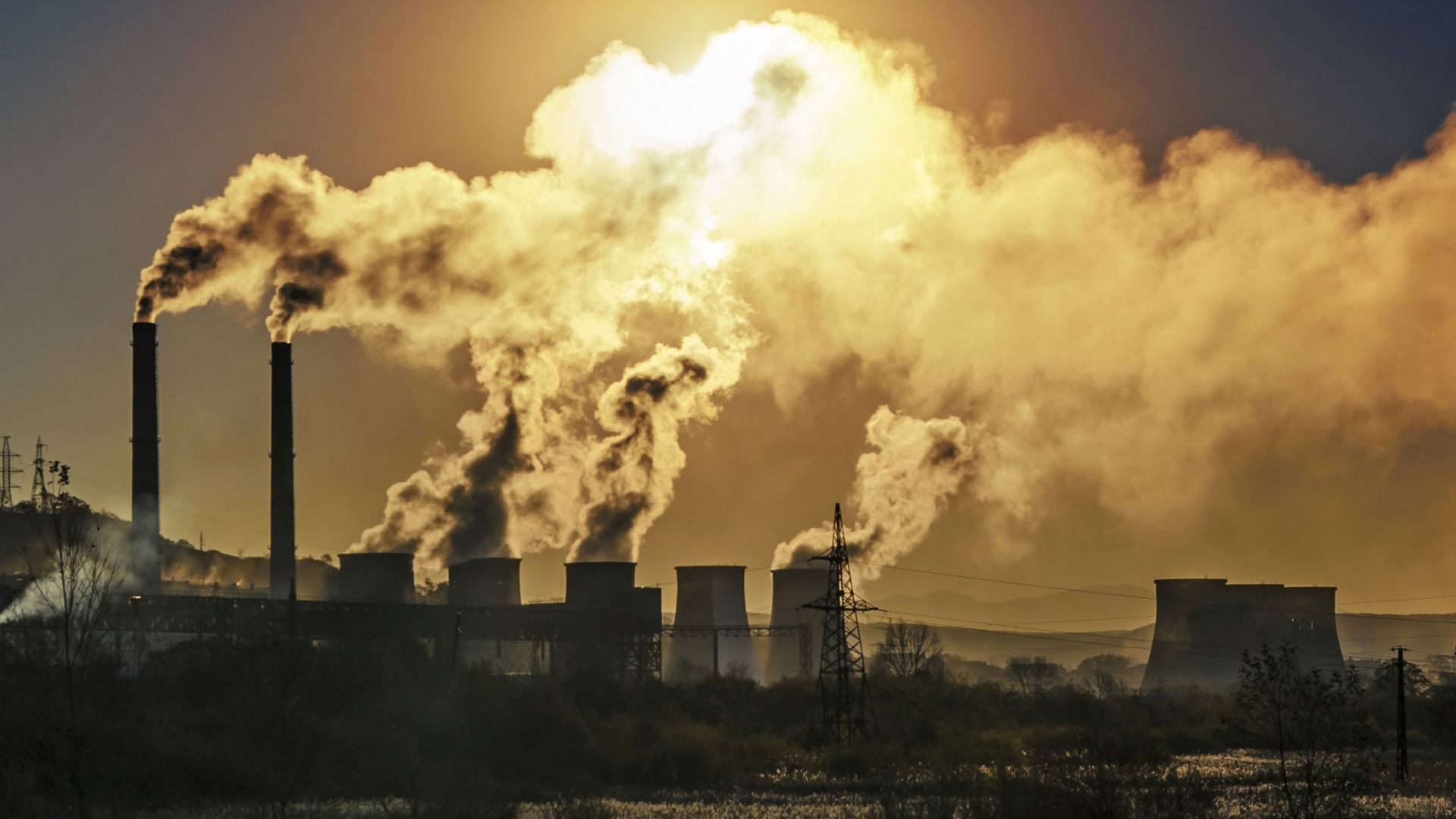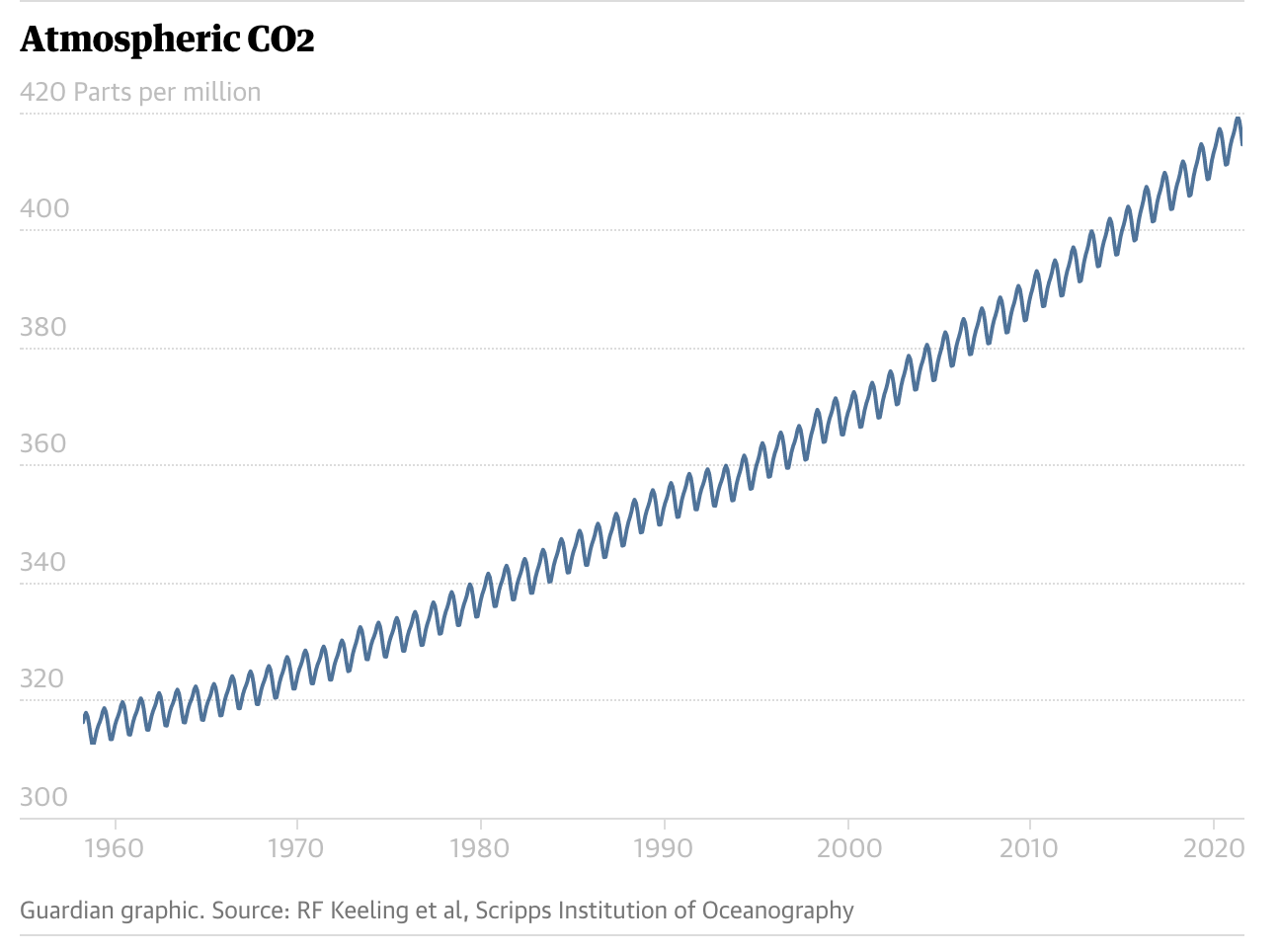Comments
- No comments found

Greenhouse gas levels are at new records. Concentration of CO2 in 2020 was 149% of pre-industrial times.
The economic slowdown from COVID-19 had no real impact. Our planet is set for an increase much higher than the Paris Agreement target of 1.5°C-2°C.
The World Meteorological Organization reported this Monday that greenhouse gas concentrations hit a new record high last year and increased at a faster rate than the annual average for the last decade despite a temporary reduction during pandemic-related lockdowns.
In its annual report on heat-trapping gases in the atmosphere, the United Nations weather agency said concentrations of carbon dioxide, methane and nitrous oxide were all above levels in the pre-industrial era before 1750, when human activities “started disrupting Earth’s natural equilibrium.”
The report's release came days before the start of a U.N. climate change conference in Glasgow, Scotland. Many environmental activists, policymakers and scientists say the October 31-November 12 event, known as COP26 for short, marks an important and even crucial opportunity for concrete commitments to the targets set out in the 2015 Paris climate accord.
The Greenhouse Gas Bulletin contains a stark, scientific message for climate change negotiators at COP26, World Meteorological Organization (WMO) Secretary-General Petteri Taalas said of his agency's report.
At the current rate of increase in greenhouse gas concentrations, we will see a temperature increase by the end of this century far in excess of the Paris agreement targets of 1.5 to 2 degrees Celsius above pre-industrial levels. World Meteorological Organization (WMO) Secretary-General Petteri Taalas
The report draws on information collected by a network that monitors the amount of greenhouse gases that remain in the atmosphere after some quantities are absorbed by oceans and the biosphere.

The global average of carbon dioxide concentrations hit a new high of 413.2 parts per million last year, according to the WMO report. The 2020 increase was higher than the annual average over the last decade despite a 5.6% drop in carbon dioxide emissions from fossil fuels due to COVID-19 restrictions, WMO said.
The concentration of carbon dioxide, the most important greenhouse gas, is now 50% higher than before the Industrial Revolution sparked the mass burning of fossil fuels.
Taalas said a level above 400 parts per million – which was breached in 2015 -- “has major negative repercussions for our daily lives and well-being, for the state of our planet and for the future of our children and grandchildren.”
Human-incurred carbon dioxide emissions, which result mostly from burning fossil fuels like oil and gas or from cement production, amount to about two-thirds of the warming effect on the climate. WMO said overall, an economic retreat last year because of the pandemic “did not have any discernible impact on the atmospheric levels of greenhouse gases and their growth rates, although there was a temporary decline in new emissions.”
Nature didn’t heal during the Covid-19 pandemic.
Leave your comments
Post comment as a guest